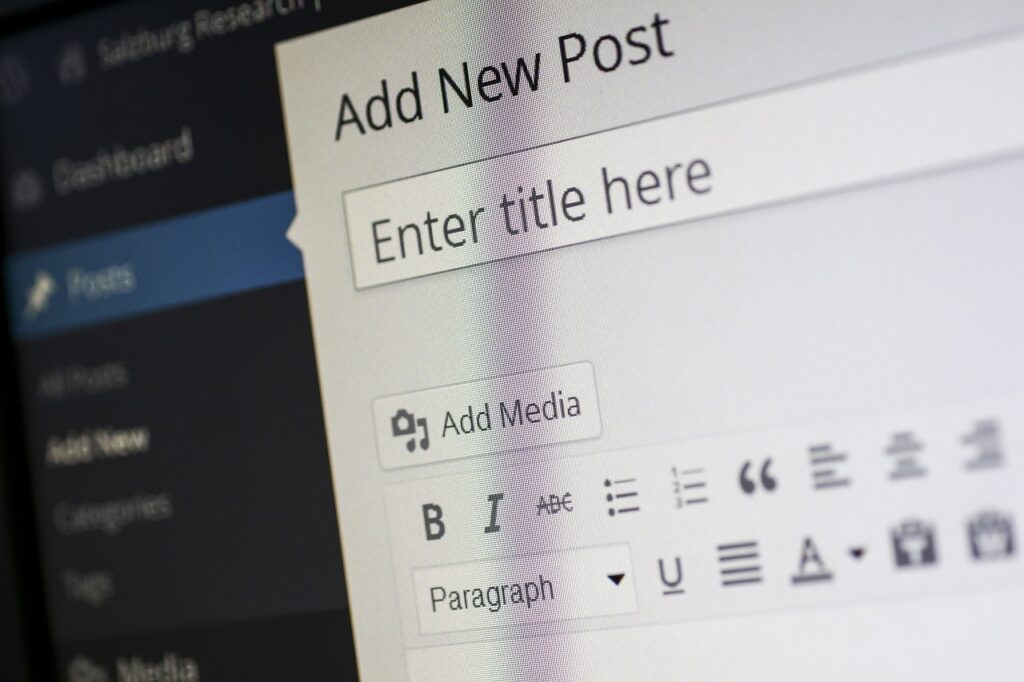The internet is a visually-driven space, and modern readers expect more than just plain text when engaging with blog content. Multimedia elements such as images, videos, infographics, audio, and interactive tools can significantly enhance a blog post’s readability, engagement, and shareability.
Integrating multimedia correctly can boost dwell time, improve user experience, and even contribute to better search rankings. This guide explores how to effectively use multimedia to elevate your blog posts and create compelling content that captures and retains audience attention.
The Benefits of Using Multimedia in Blog Posts
Improves Readability and Engagement
Large blocks of text can be overwhelming for readers. Breaking up content with relevant multimedia helps maintain interest and makes the content easier to digest. Readers are more likely to stay on a page when the information is visually appealing and interactive.
Enhances User Experience
A well-structured blog with multimedia elements caters to different learning styles. Some people prefer visual information, while others respond better to auditory content. By offering multiple formats, blogs become more accessible and enjoyable for a diverse audience.
Boosts SEO Performance
Search engines prioritize engaging and well-structured content. Including properly optimized images, videos, and other multimedia formats can improve rankings by increasing dwell time and reducing bounce rates. Additionally, Google indexes image and video content, providing more opportunities for visibility in search results.
Encourages Social Sharing
Multimedia-rich content is more shareable. People are more likely to share an infographic or an engaging video than a text-heavy article. This can drive additional traffic to a blog post and increase its reach across social platforms.
Types of Multimedia to Use in Blog Posts
Images
Images play a crucial role in making content visually appealing. High-quality, relevant images should complement the text and support the message being conveyed. Consider the following image types:
- Stock Photos – Useful for generic imagery but should be chosen carefully to avoid an overly staged look.
- Custom Graphics – Branded visuals, such as custom illustrations or stylized icons, help maintain a unique aesthetic.
- Screenshots – Ideal for tutorials and how-to guides, providing step-by-step visual support.
- Memes and GIFs – When used appropriately, these can add humor and relatability, increasing engagement.
Videos
Embedding videos can significantly enrich a blog post. Whether it’s a tutorial, an explainer video, or a recorded webinar, videos provide an engaging way to present information.
- Use YouTube, Vimeo, or self-hosted videos to avoid slowing down page load times.
- Ensure video transcripts are available for accessibility and SEO benefits.
- Place videos strategically within the post to reinforce key points.
Infographics
Infographics are a powerful way to present complex data and statistics in an easy-to-understand format. They work well for:
- Summarizing research findings
- Presenting step-by-step guides
- Comparing information in a visually engaging manner
Infographics can be created using tools like Canva, Piktochart, or Adobe Illustrator. Optimizing them with alt text and proper file names also ensures they contribute to SEO.
Audio Elements
Adding audio options can cater to readers who prefer listening over reading. Some useful implementations include:
- Podcast Embeds – If relevant, embedding a podcast episode within a blog post can provide additional insights.
- Audio Narrations – Offering an audio version of an article enhances accessibility and caters to auditory learners.
- Background Soundscapes – In lifestyle and creative blogs, ambient sounds can add a unique layer to the reading experience.
Interactive Content
Interactive elements make a blog post more engaging by encouraging reader participation. Examples include:
- Quizzes and Polls – Engages users and provides personalized content suggestions.
- Live Widgets and Calculators – Ideal for finance, fitness, and productivity blogs to provide instant results.
- Clickable Timelines – Useful for storytelling and historical content.
Best Practices for Integrating Multimedia
Maintain Relevance and Purpose
Every multimedia element should serve a clear purpose. Avoid adding images or videos just for the sake of breaking up text. Instead, ensure they enhance the content, illustrate a point, or add new insights.
Optimize for Page Load Speed
While multimedia improves user experience, it can also slow down a website if not optimized properly. Best practices include:
- Compressing images using tools like TinyPNG or ImageOptim
- Embedding videos instead of hosting them directly
- Using lazy loading for images and videos to improve initial page load speed
Ensure Accessibility
Making multimedia accessible ensures inclusivity for all users. Important considerations include:
- Adding alt text to images for visually impaired readers
- Providing closed captions for videos
- Offering transcripts for audio content
- Using color-contrast-friendly graphics for better readability
Keep Branding Consistent
Maintaining a consistent visual and tonal style across all multimedia elements strengthens brand identity. Choose colors, fonts, and design aesthetics that align with your brand to create a unified look.
Test Across Devices
Ensure multimedia elements work seamlessly on desktop and mobile devices. Test responsiveness and adjust sizes accordingly to maintain usability.
Tools to Help with Multimedia Creation
Several tools make it easier to create high-quality multimedia for blog posts. Popular options include:
- Canva – Design custom graphics and infographics
- Adobe Photoshop & Illustrator – Advanced image editing and illustration
- Lumen5 – Create video content from blog posts
- Anchor – Record and embed podcast episodes
- Google Charts – Generate data visualizations
Measuring the Impact of Multimedia on Blog Performance
To understand how multimedia affects engagement, use analytics tools to track key metrics such as:
- Bounce Rate – A lower bounce rate indicates better engagement.
- Time on Page – Increased dwell time suggests that users find content engaging.
- Social Shares – Higher share counts indicate that content resonates with the audience.
- Scroll Depth – Helps determine if users are consuming multimedia-enhanced content.
Conclusion
Using multimedia effectively can transform an average blog post into a highly engaging, shareable, and SEO-friendly piece of content. By integrating images, videos, infographics, audio, and interactive elements strategically, bloggers can enhance readability, boost engagement, and improve search rankings.
The key is to maintain relevance, accessibility, and optimization while ensuring a seamless user experience. As digital content consumption continues to evolve, leveraging multimedia will remain a crucial aspect of successful blogging strategies.






